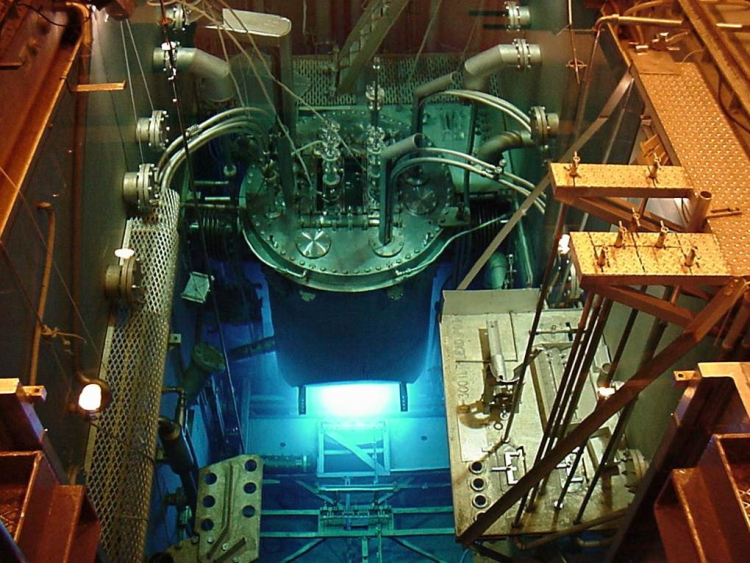Effective exchange of information in analysing the root causes and lessons learned from events reported to the IAEA incident reporting system for research reactors (IRSRR) has effectively contributed to help designers, operators, and regulators to enhance safety in the design, construction, and operation of these facilities, concluded the national coordinators of the IRSRR in a meeting held recently.
“This web-based system — IRSRR — managed by IAEA enables participating countries to exchange operating experience to improve the safety of research reactors. These efforts demonstrate the need to pay continuous attention to human and organizational factors as well as to ageing of systems and components, which are of keen importance to the safety of these facilities,” said Amgad Shokr, Head of the Research Reactor Safety Section at the IAEA. “We need to have in place effective management systems that provides for a strong safety culture, and to refurbish and modernizer the reactor facilities in accordance with up-to-date safety requirements, including the IAEA safety standards.”
The IAEA IRSRR, established in 1997, is a global forum that enables the research reactor community to exchange operating experience and share precise knowledge. To date it has 62 participating countries — representing almost all countries currently operating research reactors. Access to the information in the system is restricted to authorized national coordinators.
“There is a need to ensure adequate and clear operating procedures, and to continue to improve training of operation and maintenance staff, as human errors are identified as one of the main root causes of events reported to the IRSRR,” Shokr further explained.
At a meeting on this subject area, coordinators of 39 countries discussed the experience from recent events at research reactor facilities and in managing safety during the pandemic. Ways to enhance use of the IRSRR was also discussed, including disseminating feedback from the system to operation and maintenance staff and improving the system-user interface for facilitating access to information and sharing of event reports.








